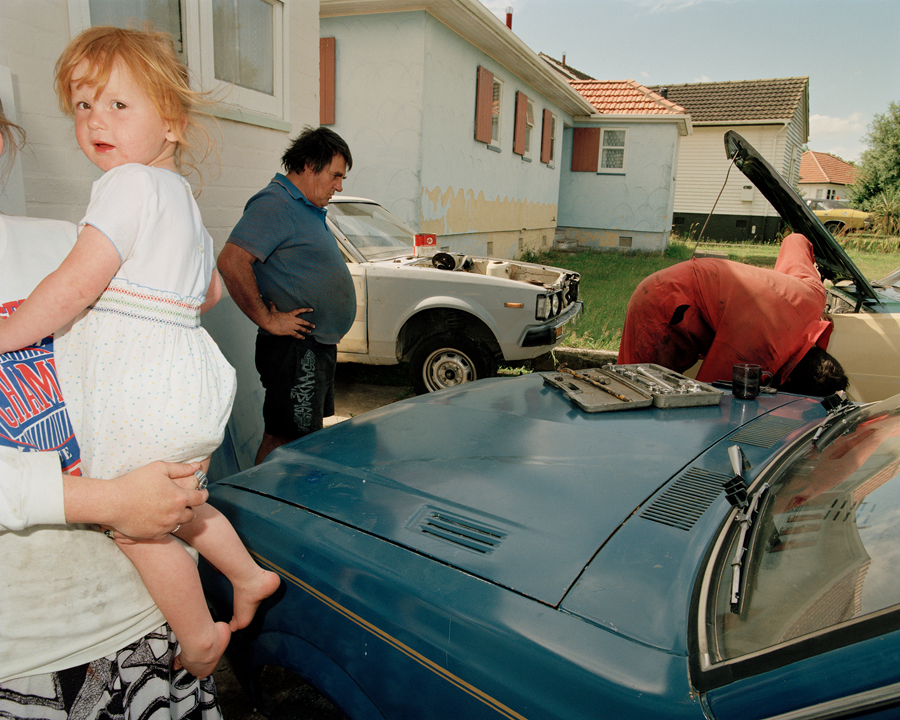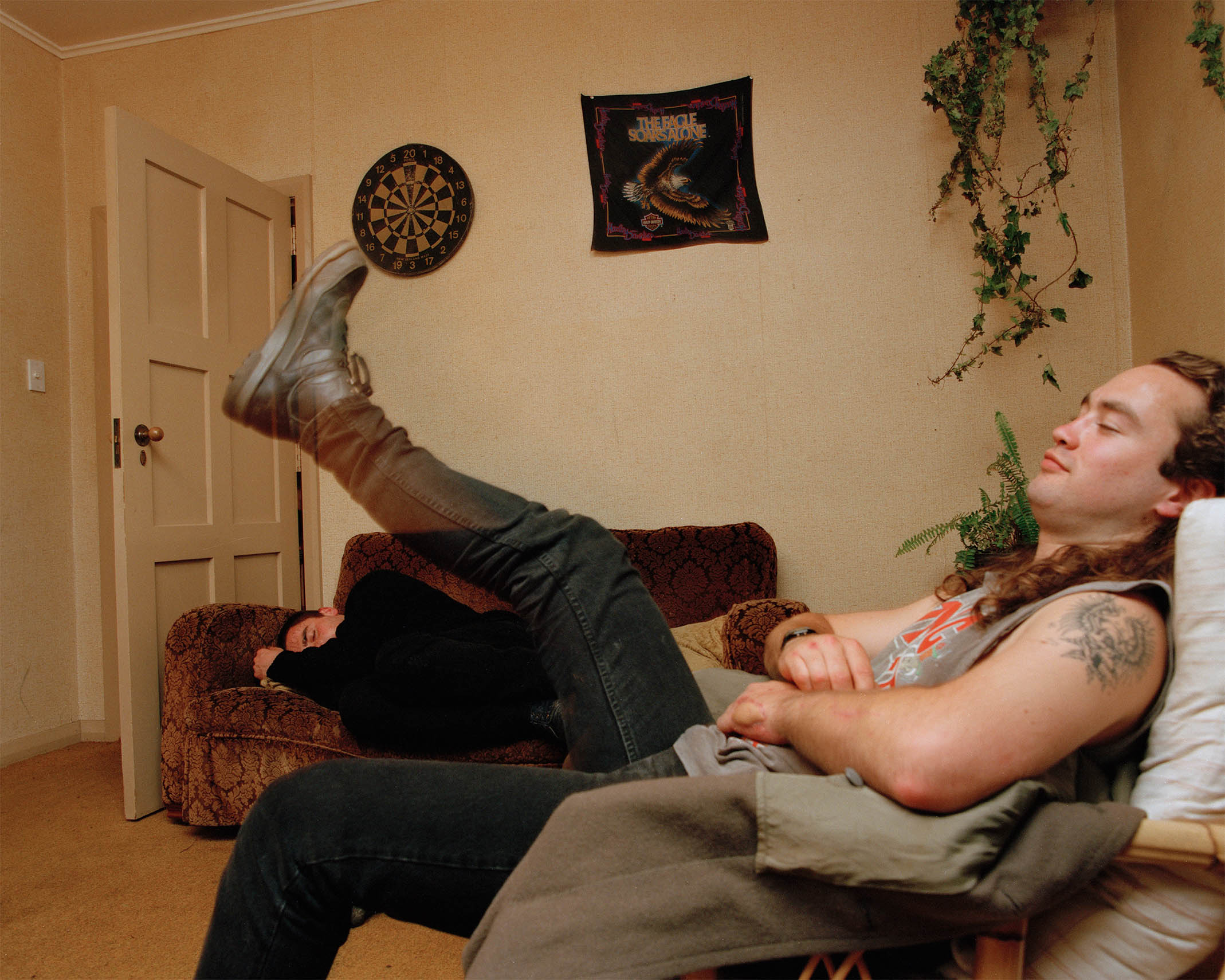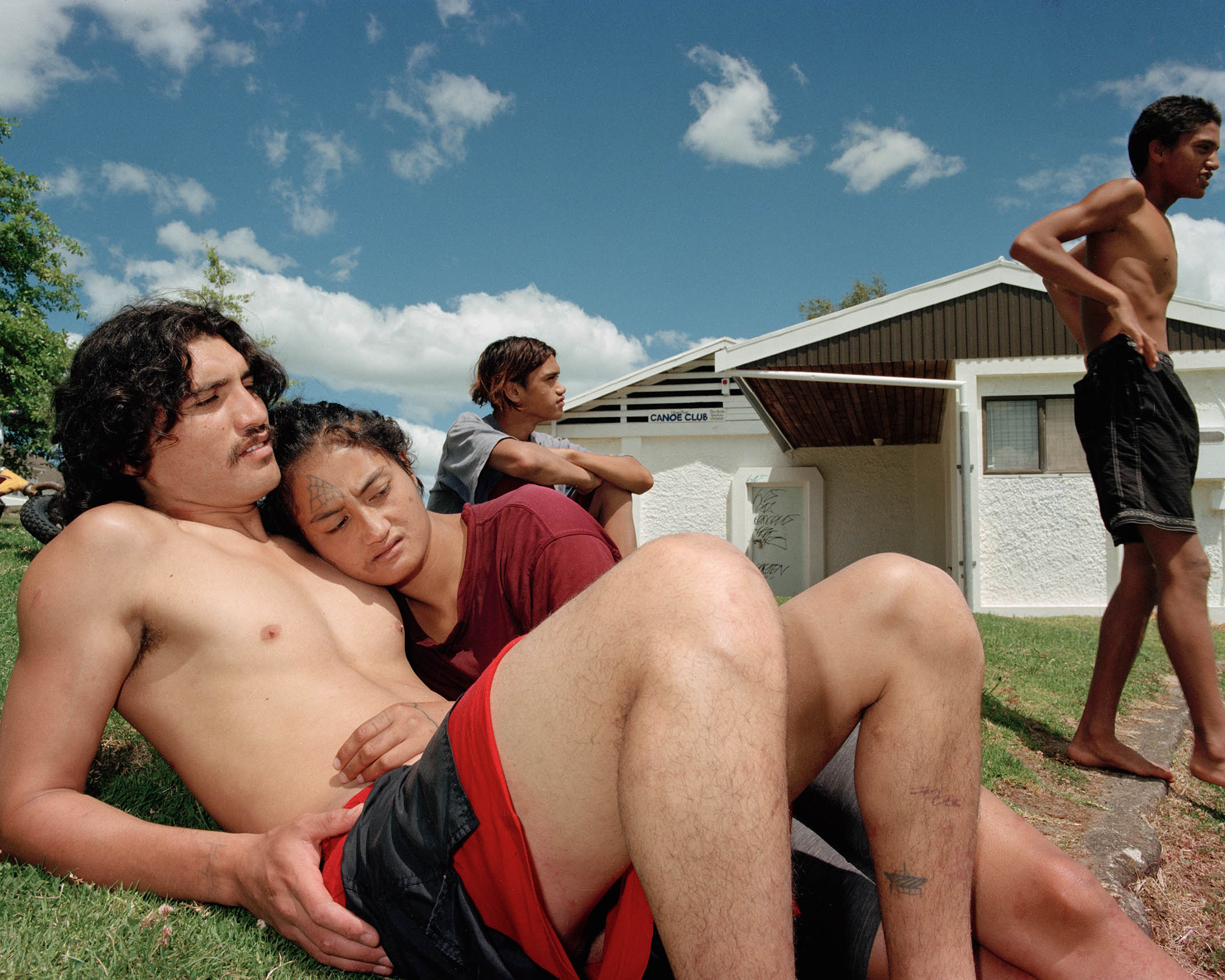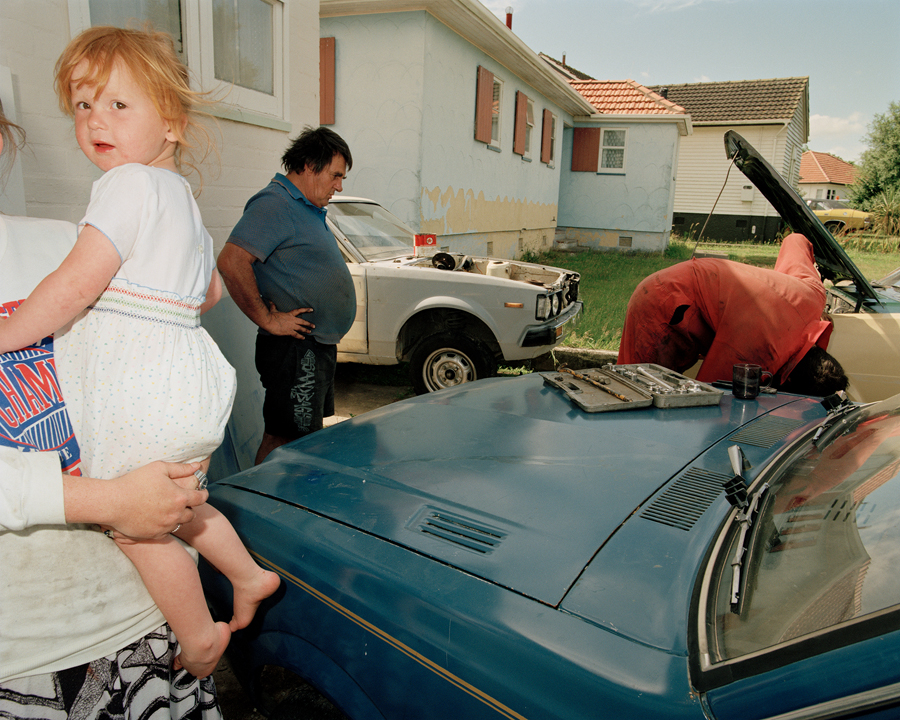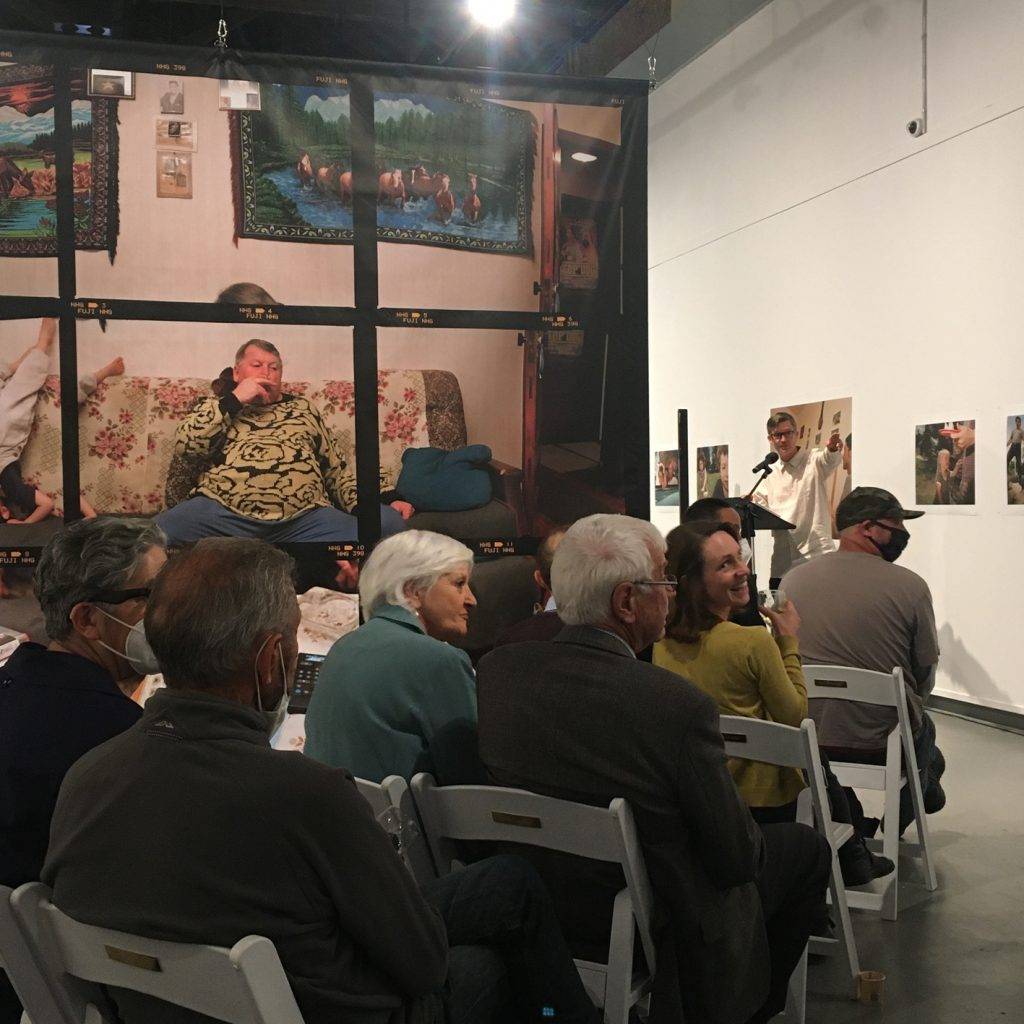There Is Nowhere to Go, There Is Nothing to Do
Greta Anderson with essays by Hanna Scott and David Eggleton
“In Greta’s images ordinary things radiate mystery, haloed by an ecstatic glow. Her pictures traverse eerie latitudes; they are brushed by the phantasmagoric; they pulse with a visceral brightness.”
At the Edge of a Dark Forest, David Eggleton
This book brings together a selection of photographs produced between 1997 and 2022 by Tāmaki Makaurau based artist Greta Anderson, a prolific photographer, film maker and musician. For over a quarter century, Anderson has been capturing dramatic scenes in films and photographs that quietly reference intensely personal narratives. There Is Nowhere to Go, There Is Nothing to Do presents Anderson’s works, covering genres as wide as portraits, still life, wild and domesticated landscape and suburban tableau. The book is curated and designed by New Public, offering a fresh juxtapositions of images from a wide range of series and one-off artist books Greta made over the decades, from the classic Stand-ins (2001), Uncomfortable Conversations (2005), Optimistic Tragedy (2008), to more recent No Hording (2021) and The Transcenders (2021).
The book features two newly commissioned essays by long-time friend and supporter of Greta’s work, Hanna Scott, and esteemed poet laureate David Eggleton.
Listen to Greta Anderson’s strange, psychically charged images of the ordinary Culture 101, RNZ – fun-facts-filled interview with Greta Anderson by Mark Amery.
Greta Anderson is an Aotearoa New Zealand musician, photographer and teacher. She exhibits regularly at Two Rooms Gallery in Tāmaki Makarau Auckland. Her work has been shown at many venues for international contemporary art and photography including The Australian Centre for Photography (Sydney), The Museum of Photographic Arts (San Diego), The Ringling Museum of Art (Sarasota, Florida) and the Art Gallery of New South Wales (Sydney).
David Eggleton is a writer based in Ōtepoti Dunedin. He was the Aotearoa New Zealand Poet Laureate 2019 -2022. He has won a number of awards for his writing, including the Prime Minister’s Award for Literary Achievement in 2016. His books include Towards Aotearoa: A Short History of Twentieth Century New Zealand Art; and Into the Light: a History of New Zealand Photography; and Ready to Fly: the Story of New Zealand Rock Music; and Seasons: Four Essays on the New Zealand Year. He is a regular art reviewer for a variety of publishing platforms.
Hanna Scott met Greta Anderson as the newly-minted Interim Director at Artspace on Karangahape Road in 2002. She has written about Greta’s work four times over two decades. Twice for the NZ Journal of Photography, for Landfall and for Art New Zealand. Hanna is an experienced contemporary art curator, programme manager and researcher, based in Tāmaki Makaurau since 2002. Her writing is published in broadsheets, magazines and books in Australia, Indonesia, Singapore, New Zealand and the USA.
New Public is a design and publishing project based in Tāmaki Makaurau. It collaborates with artists and institutions to exhibit research devoted to the discussion of contemporary visual and material culture. Titles include On the Last Afternoon: Disrupted Ecologies in the work of Joyce Campbell, Sternberg Press, Berlin, and Adam Art Gallery Te Pātaka Toi at Te Herenga Waka–Victoria University, Te Whanganui-a-Tara Wellington, 2020; Qianye Lin and Qianhe ‘AL’ Li,Thus the Blast Carried It, Into the World 它便随着爆破, 冲向了世界, Coastal Signs and New Public, Tāmaki Makaurau Auckland, 2021; The Dialogics of Contemporary Art: Painting Politics, Kerber, Bielefeld and Berlin, 2022.
2023
ISBN: 978-1-99-116522-0
Pages: 128pp, with colour reproduction
Format: Hardback
Dimensions: 288mm x 220mm
RRP $50.00

For all wholesale orders and requests info@rimbooks.com


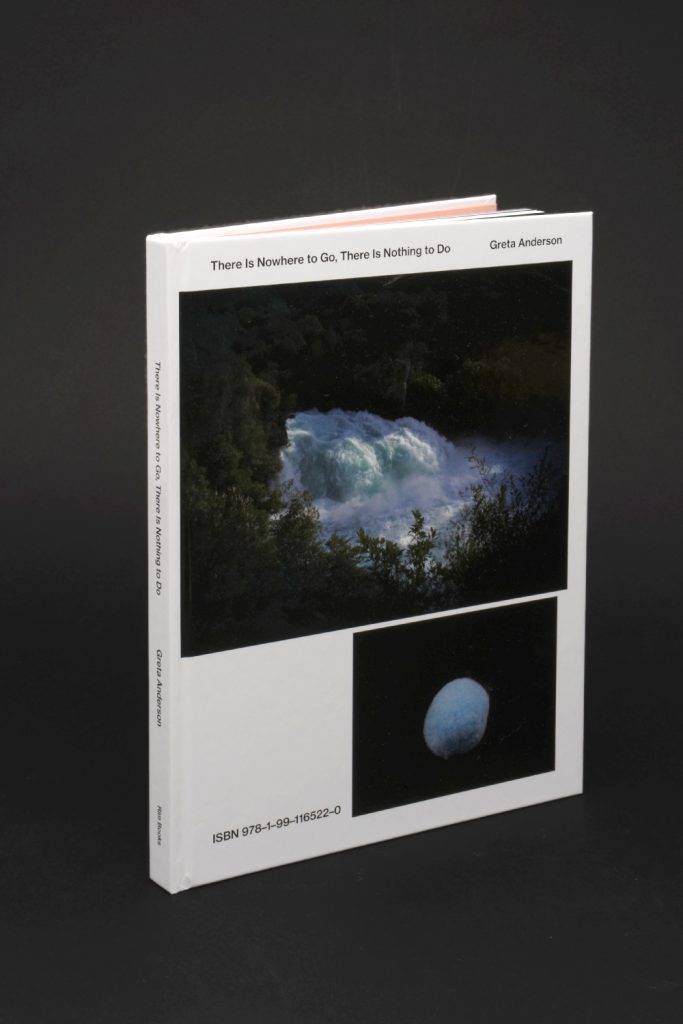


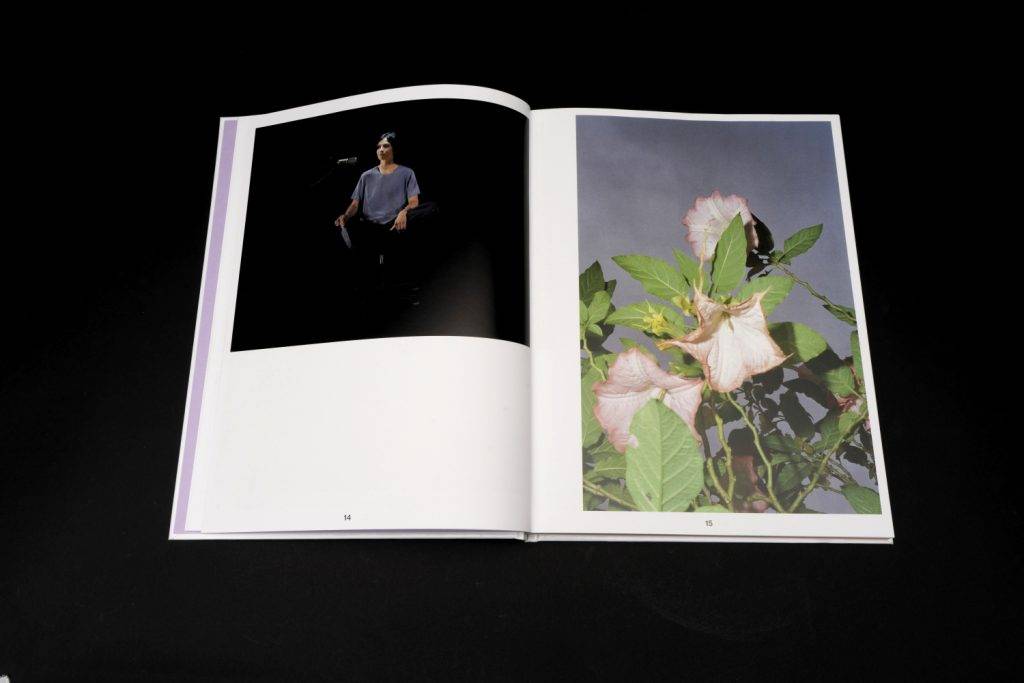
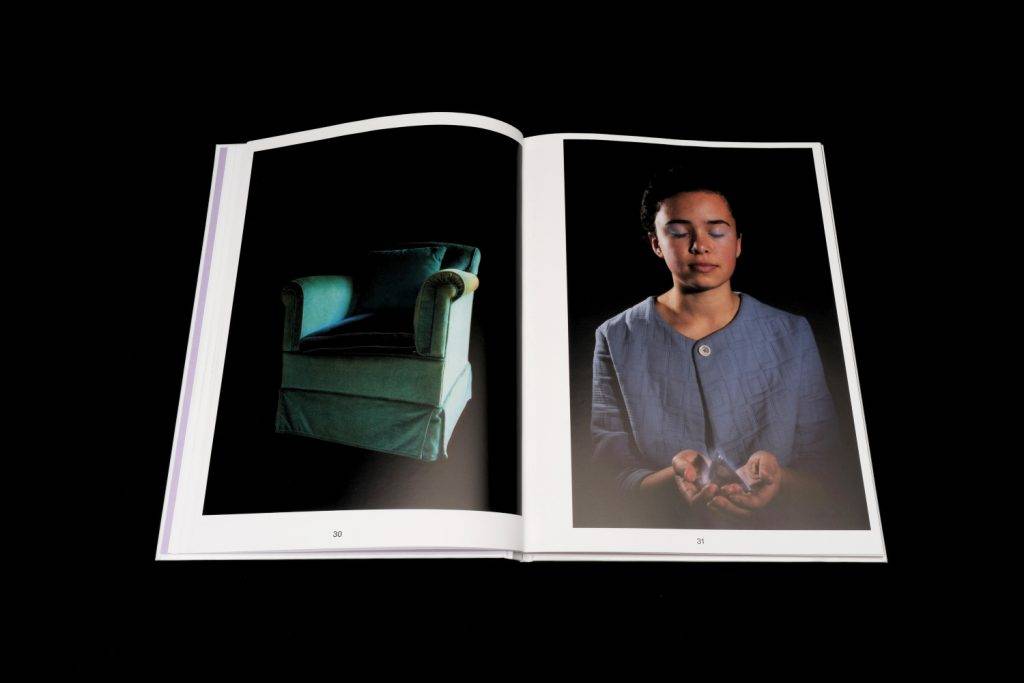





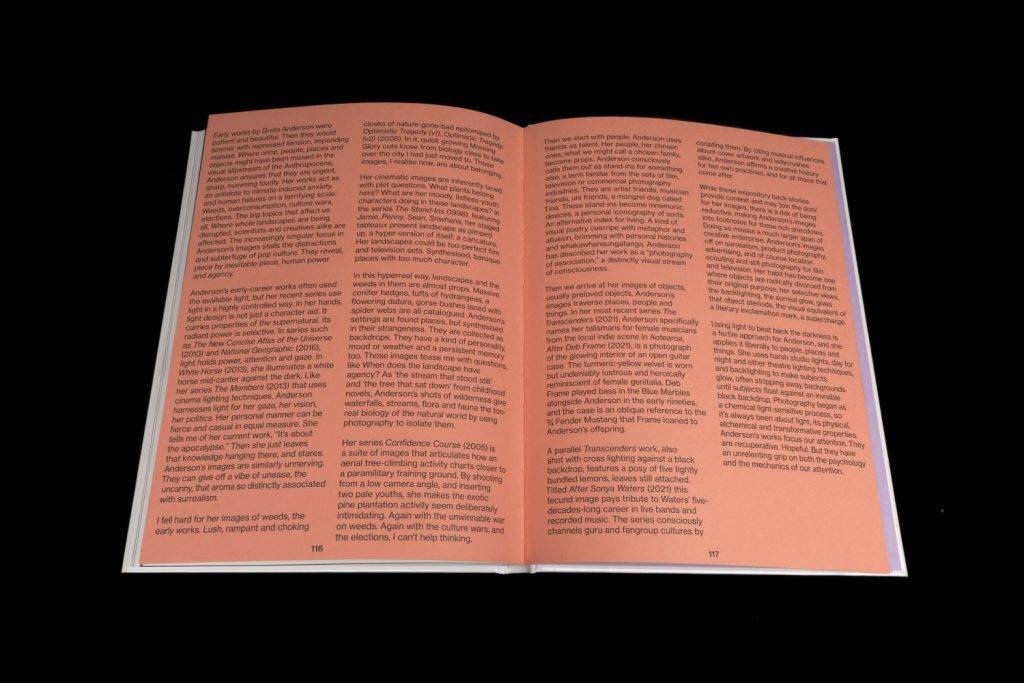

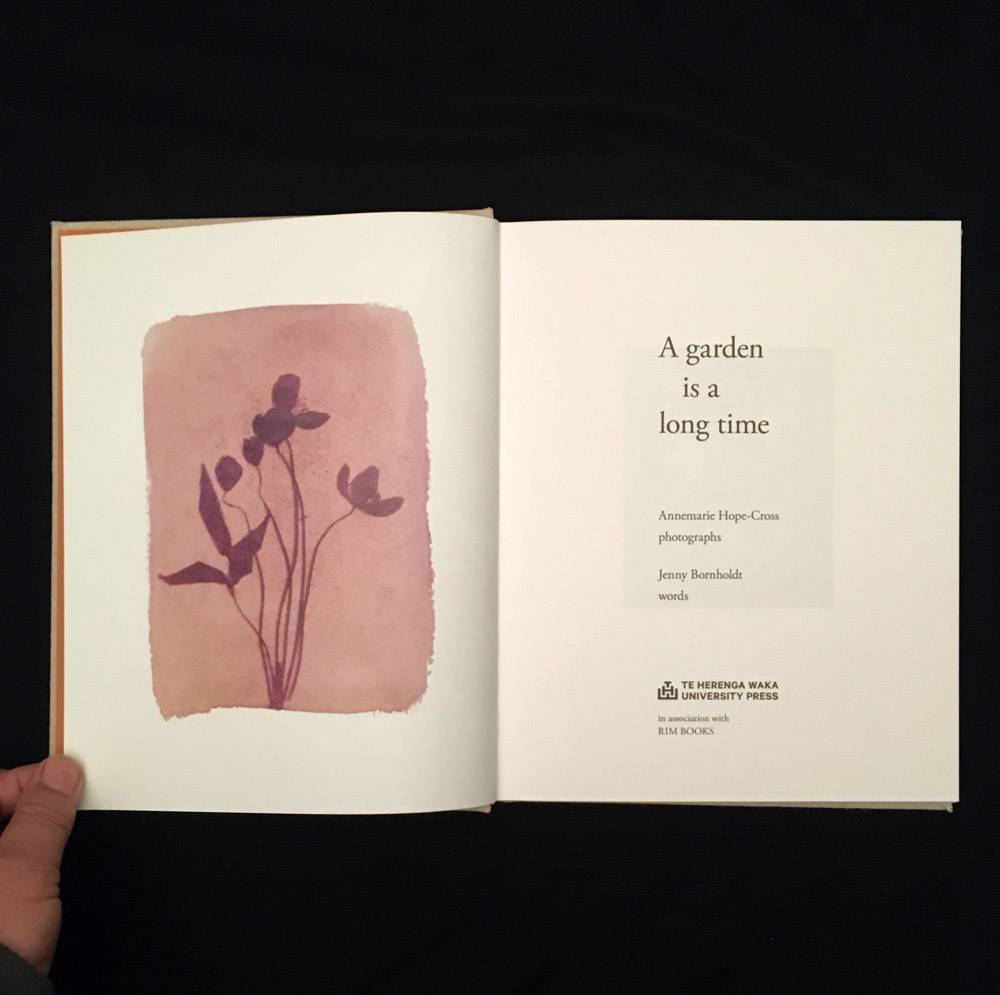
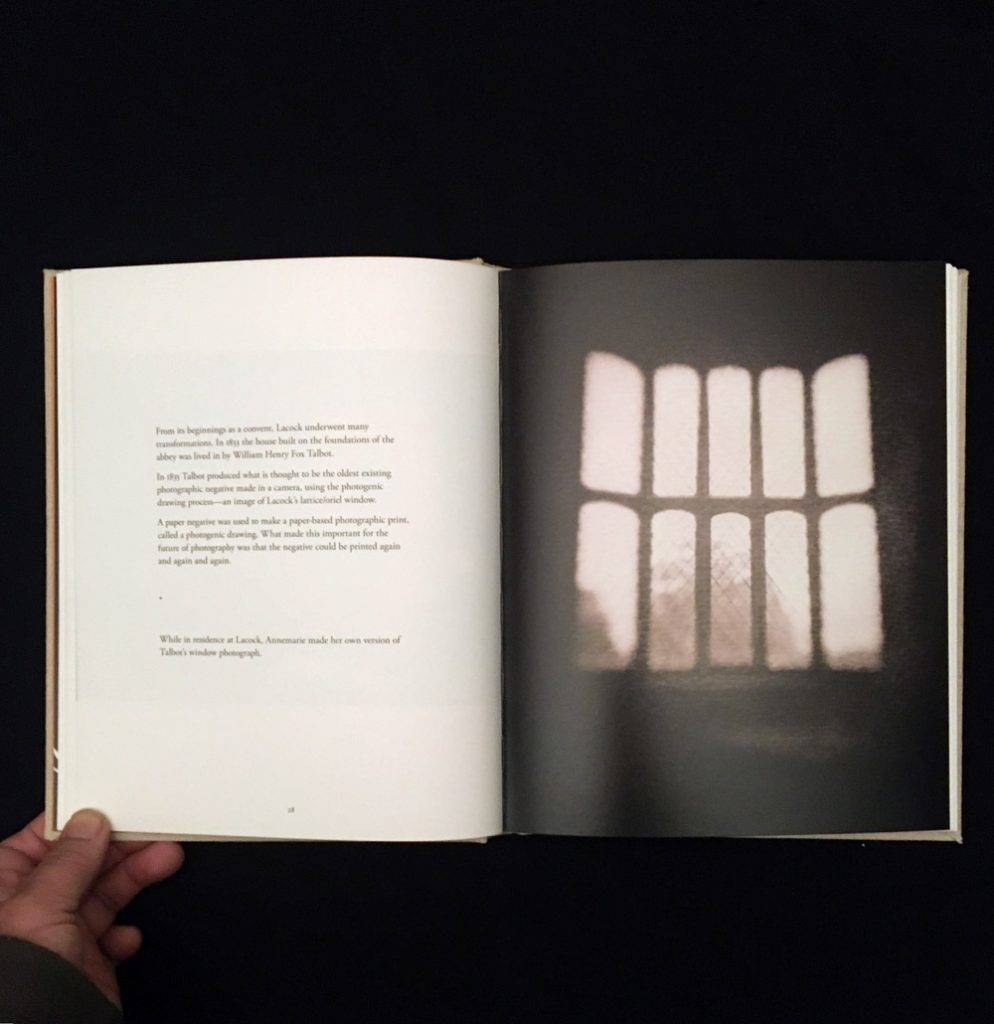




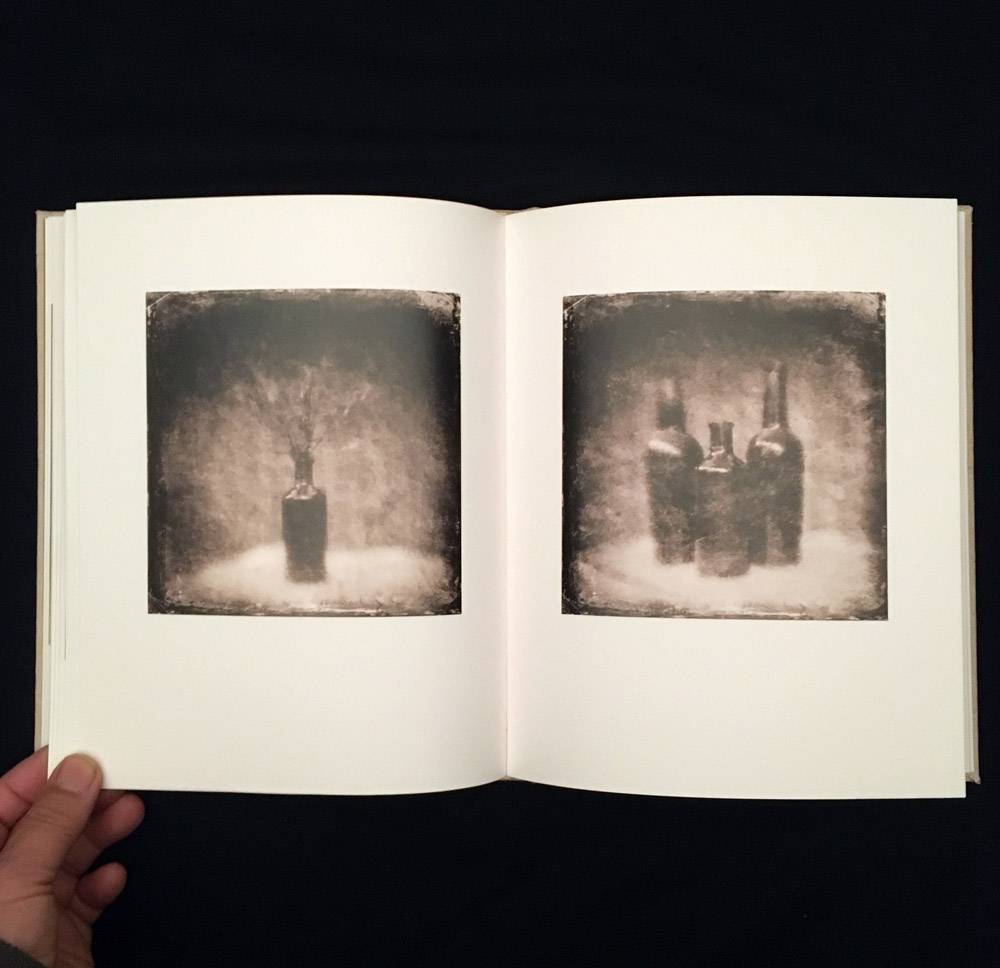
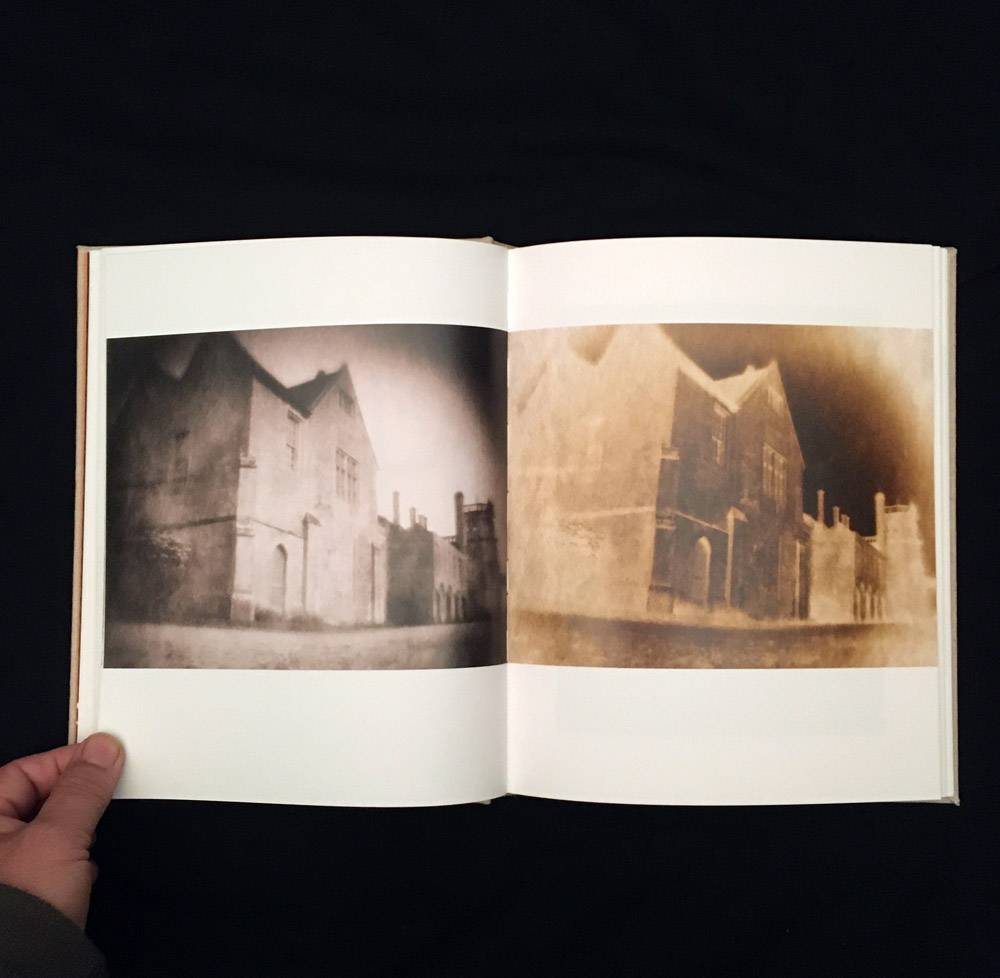
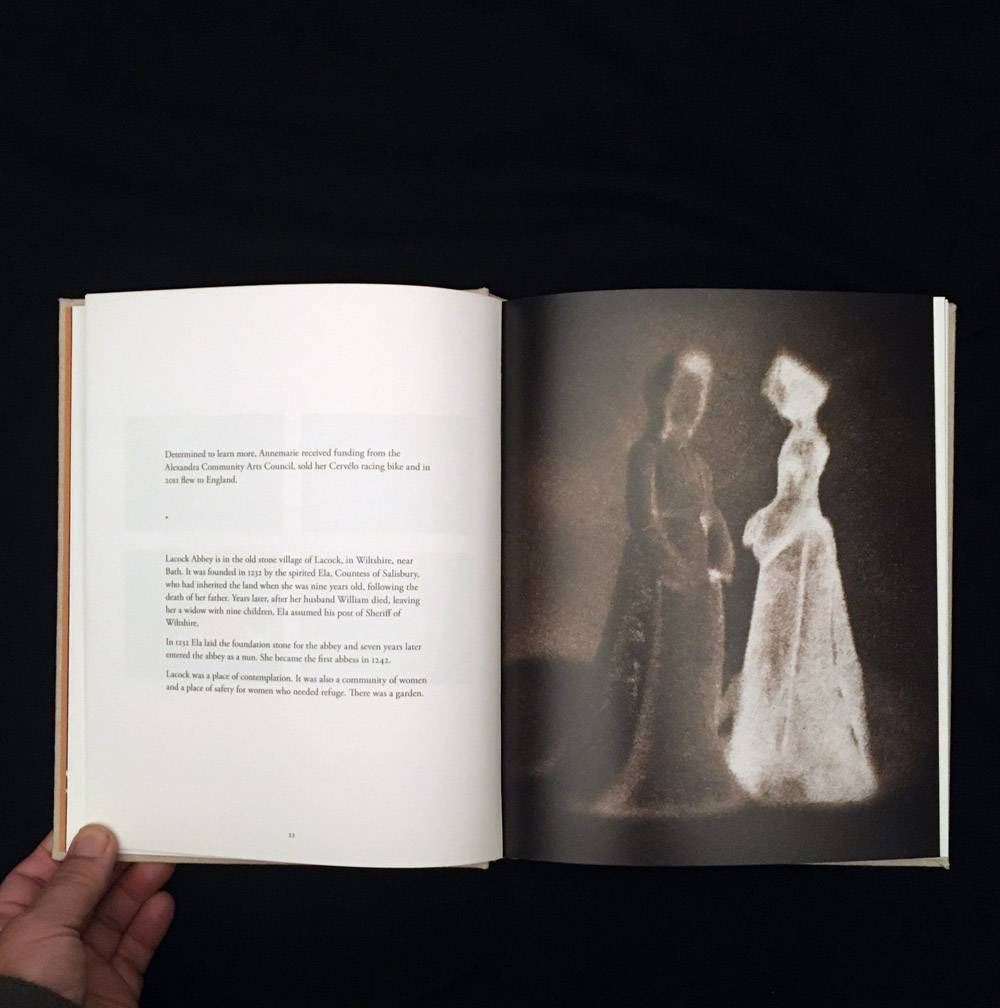


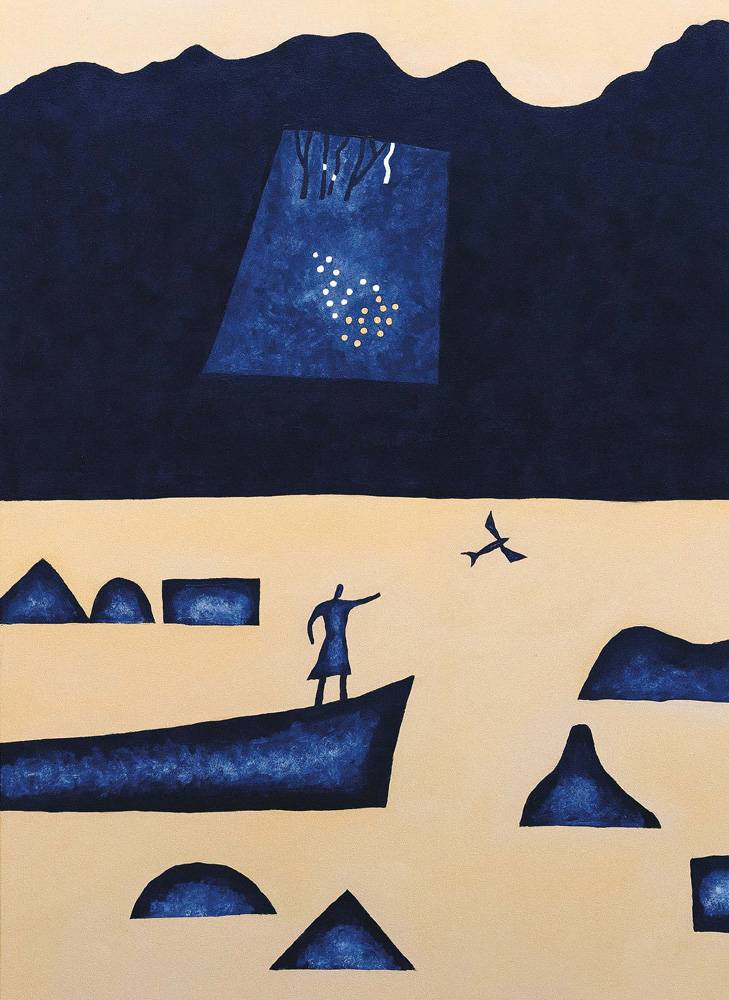
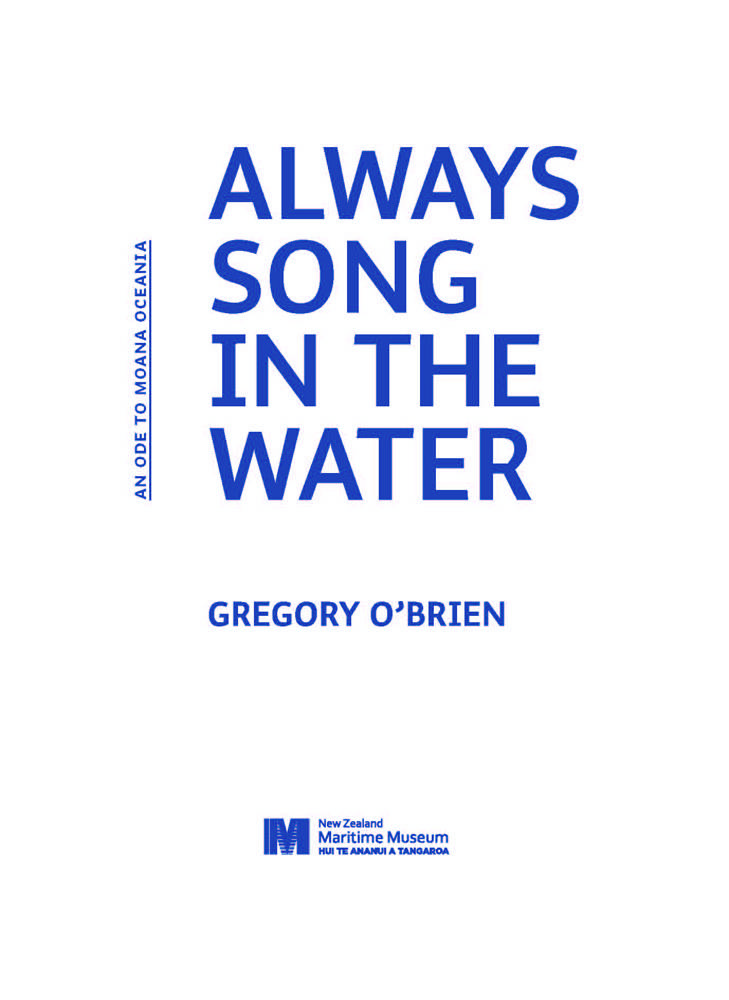


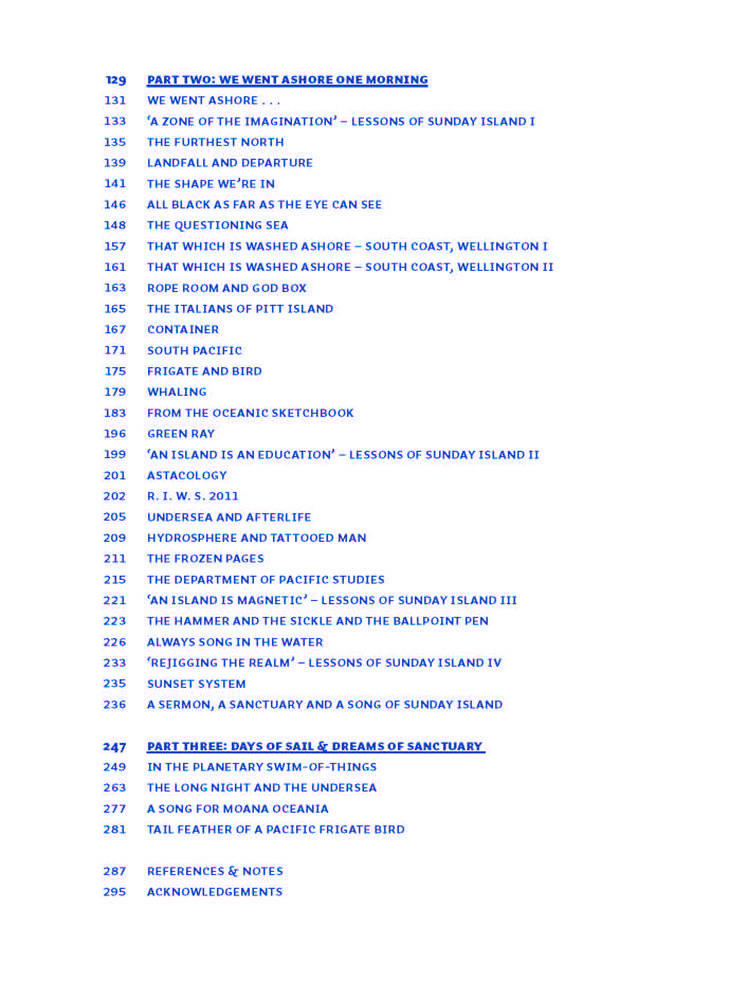







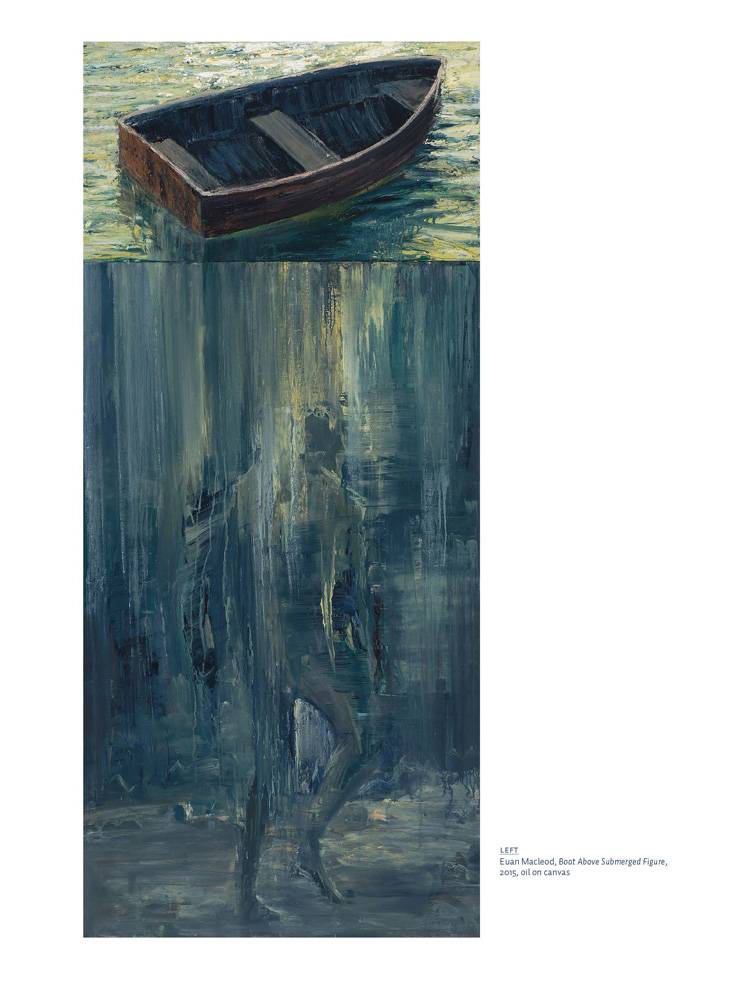

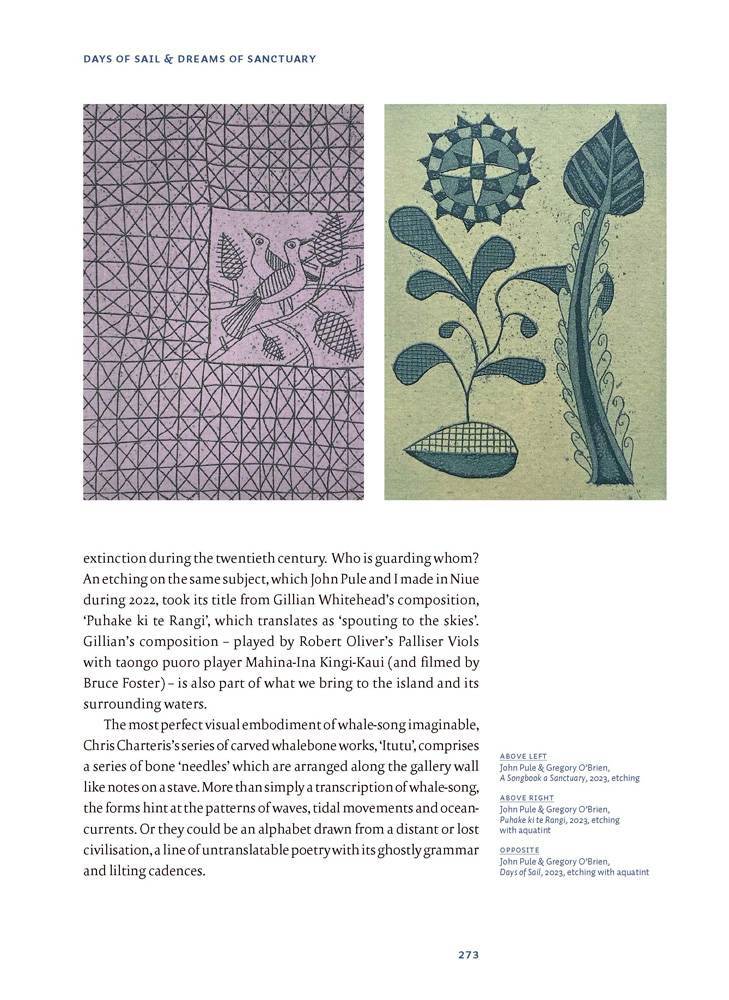

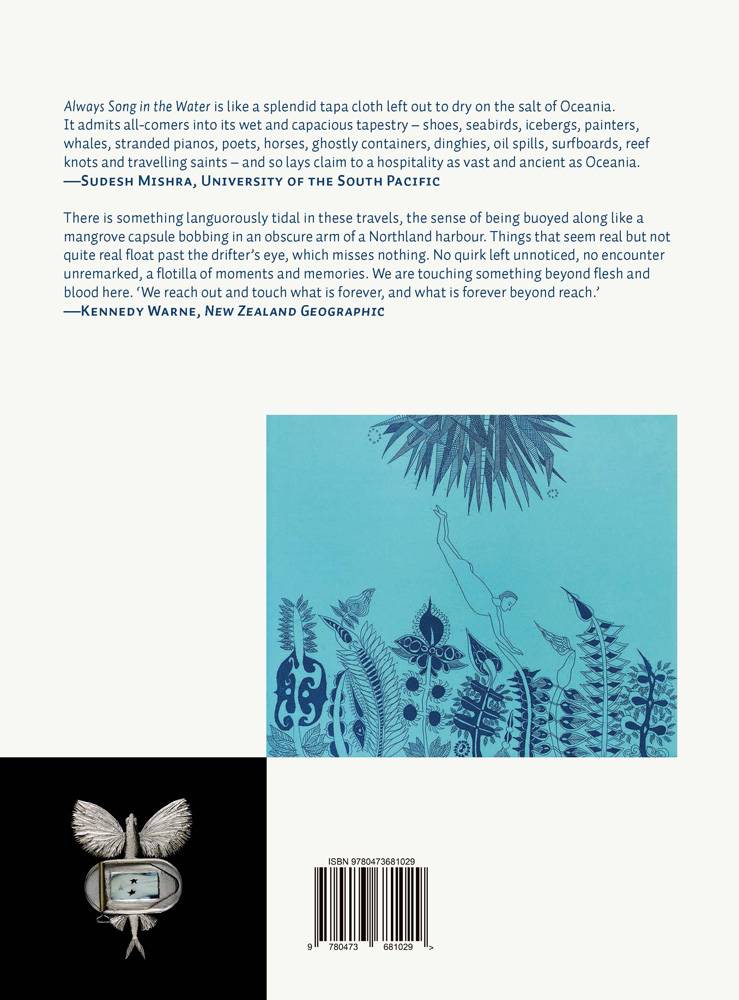
 “Everything you read about Los Angeles is true. The city adapts to its own mythology. It’s such a ludicrously discussed place that I always feel slightly idiotic in my attempts to produce a serious discourse about it. Raves in the desert, however, are superb. And ecstasy is a great drug. Also, if you hadn’t heard, music sounds better when you’re high. And the desert surrounding LA is wondrous.” — Giovanni Intra, LA Politics
“Everything you read about Los Angeles is true. The city adapts to its own mythology. It’s such a ludicrously discussed place that I always feel slightly idiotic in my attempts to produce a serious discourse about it. Raves in the desert, however, are superb. And ecstasy is a great drug. Also, if you hadn’t heard, music sounds better when you’re high. And the desert surrounding LA is wondrous.” — Giovanni Intra, LA Politics
 LA Botanical is a series of ambrotype photographs of plant specimens found in the greater Los Angeles area. It was conceived by the multidisciplinary artist Joyce Campbell in the wake of Hurricane Katrina which devastated the Gulf Coast of Louisiana in 2005. The aftermath, particularly the inability and unwillingness of the Federal Government to respond to the crisis in flooded New Orleans, highlighted the vulnerability of a populace stranded in the face of natural, and human induced calamity in the world’s most powerful nation. As a mother raising her young child in a sprawling American city Campbell was compelled to ask: when the supply chain is disrupted and the supermarkets are empty, and there is no sign of aid reaching you, how can ‘art’ be useful?
LA Botanical is a series of ambrotype photographs of plant specimens found in the greater Los Angeles area. It was conceived by the multidisciplinary artist Joyce Campbell in the wake of Hurricane Katrina which devastated the Gulf Coast of Louisiana in 2005. The aftermath, particularly the inability and unwillingness of the Federal Government to respond to the crisis in flooded New Orleans, highlighted the vulnerability of a populace stranded in the face of natural, and human induced calamity in the world’s most powerful nation. As a mother raising her young child in a sprawling American city Campbell was compelled to ask: when the supply chain is disrupted and the supermarkets are empty, and there is no sign of aid reaching you, how can ‘art’ be useful? 
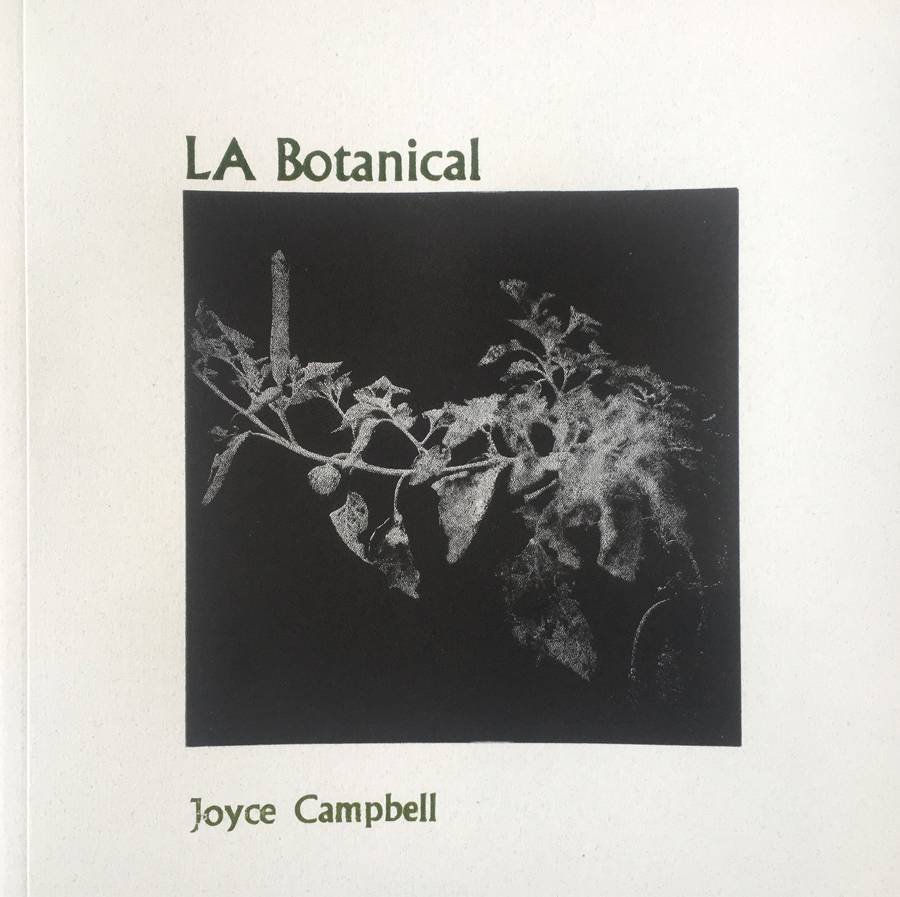





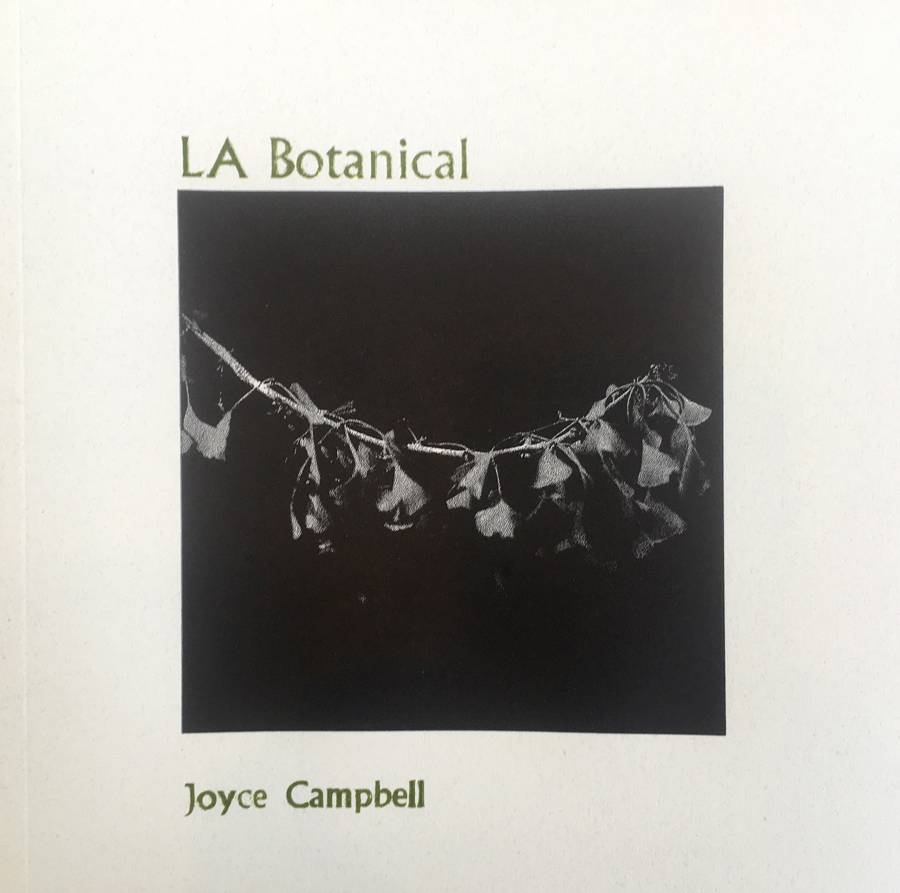



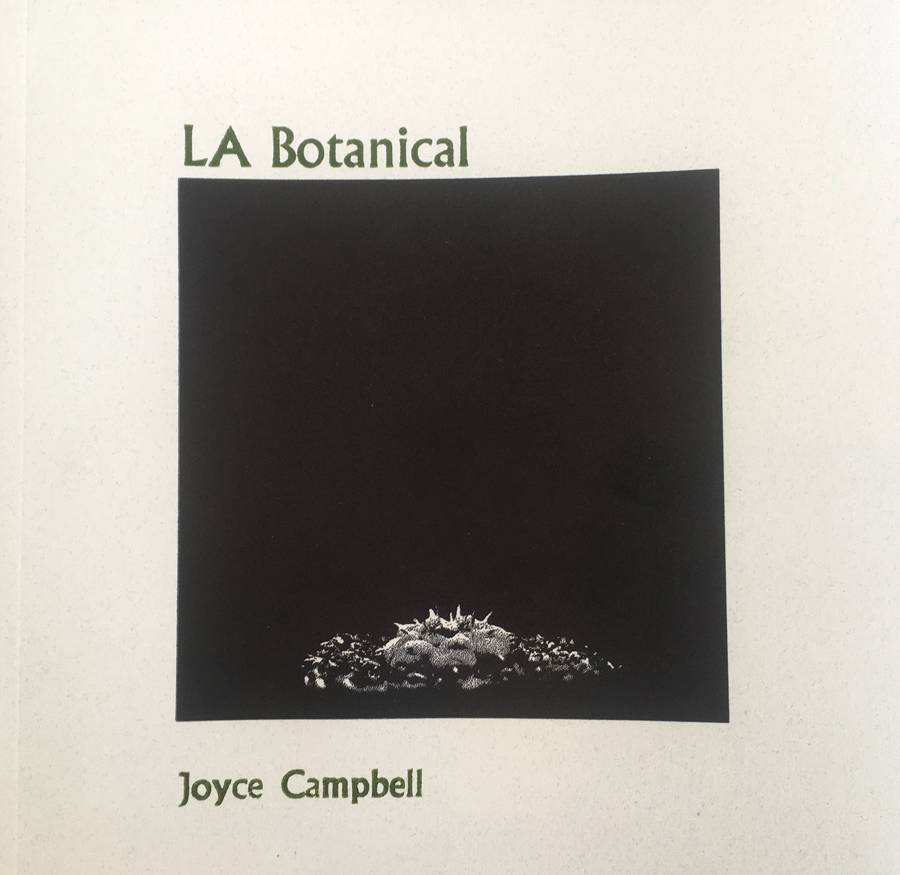
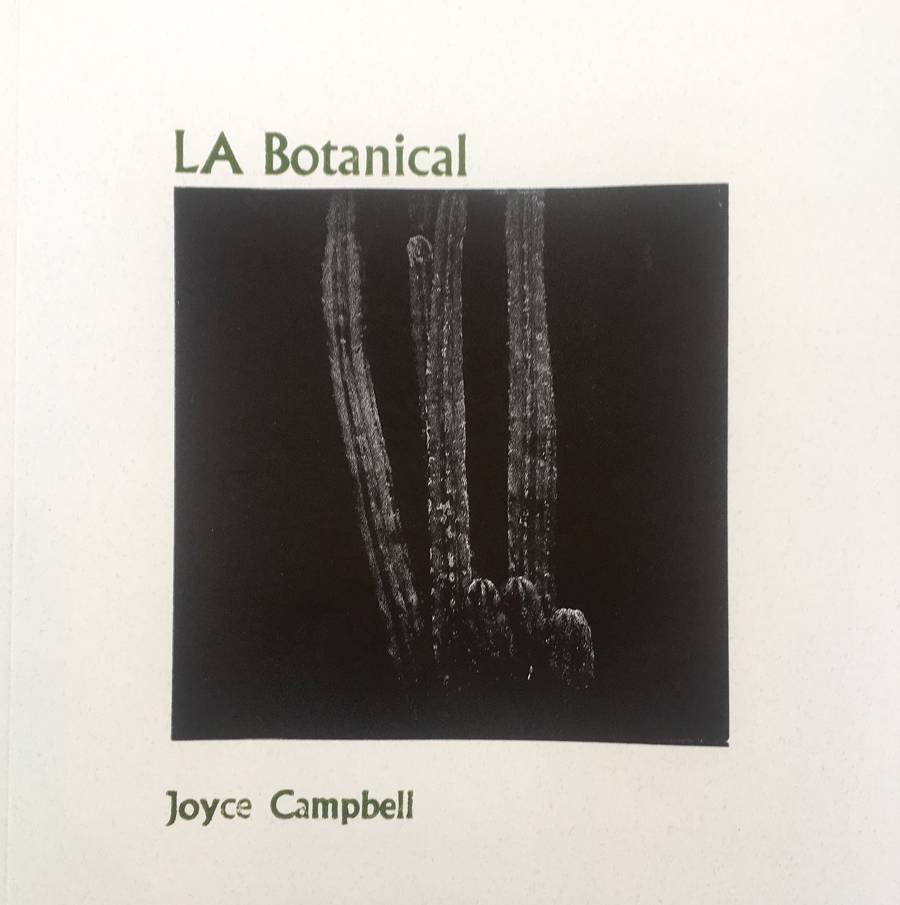


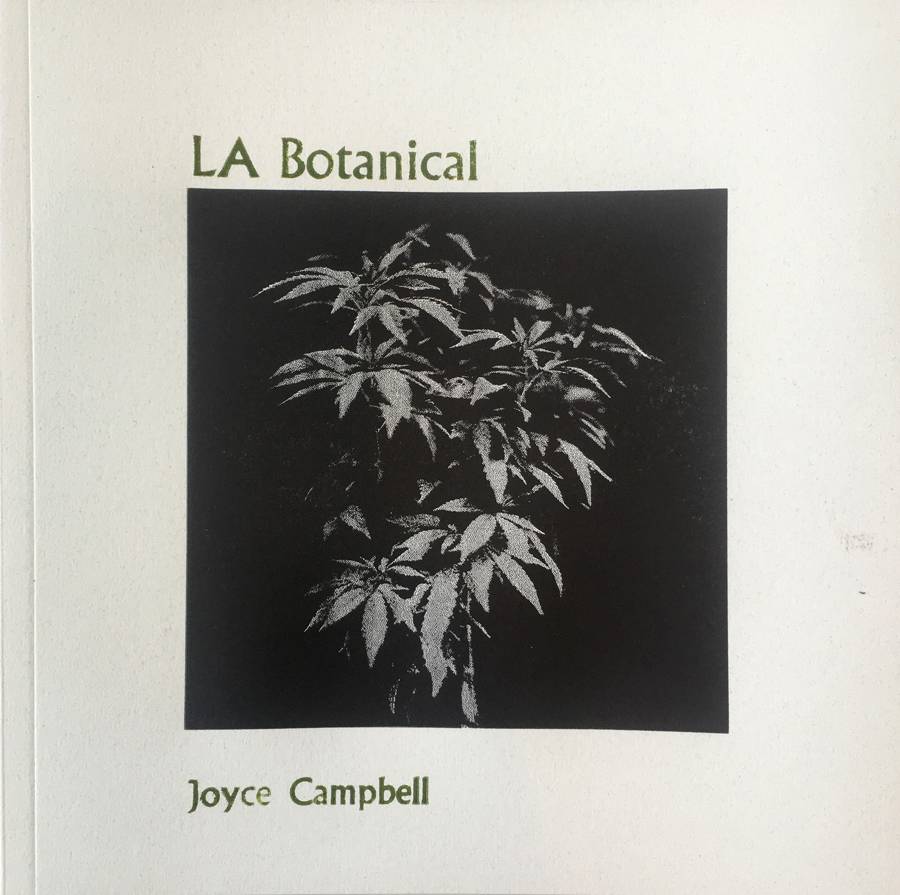

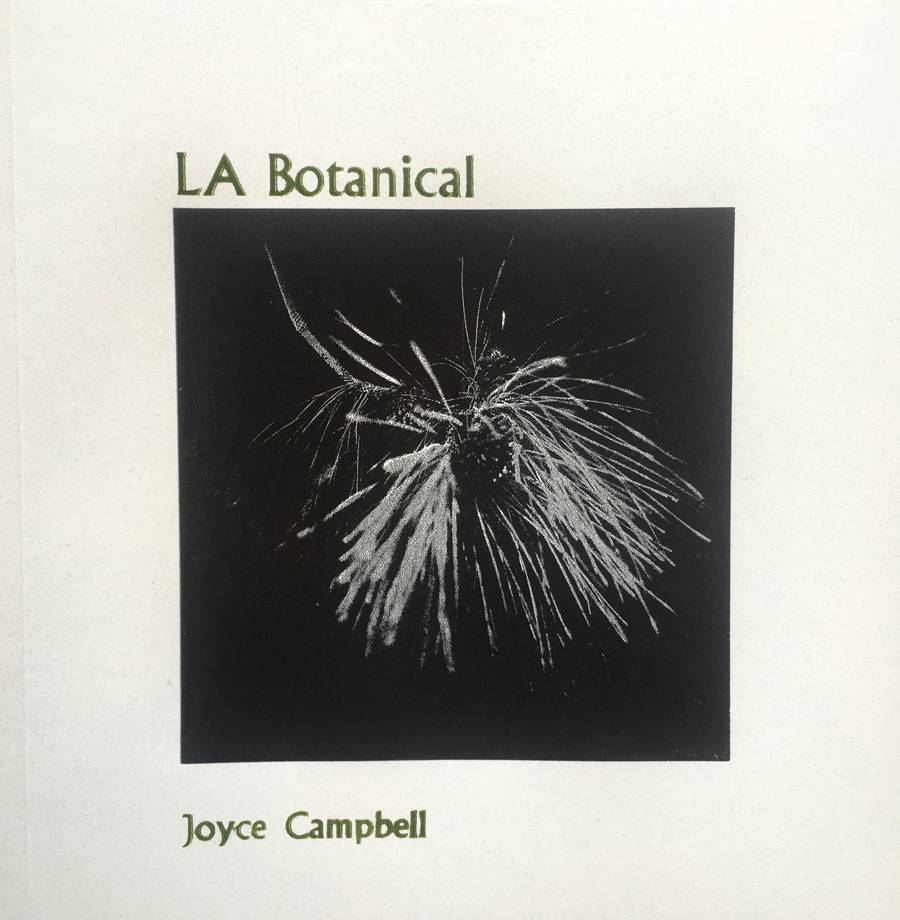


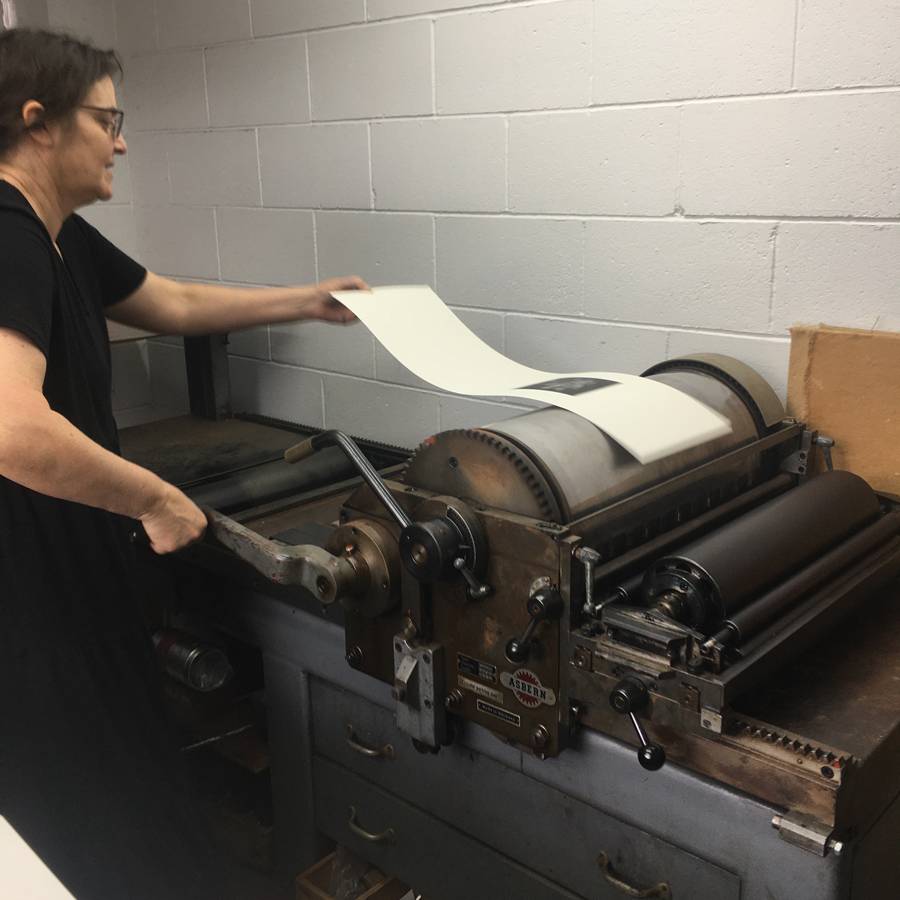
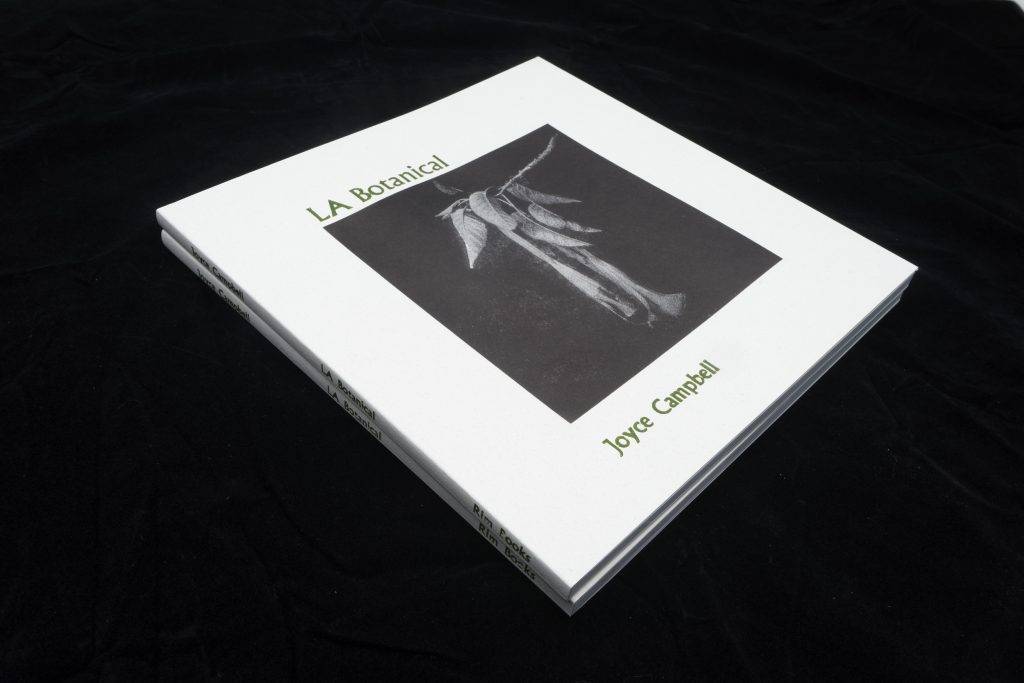


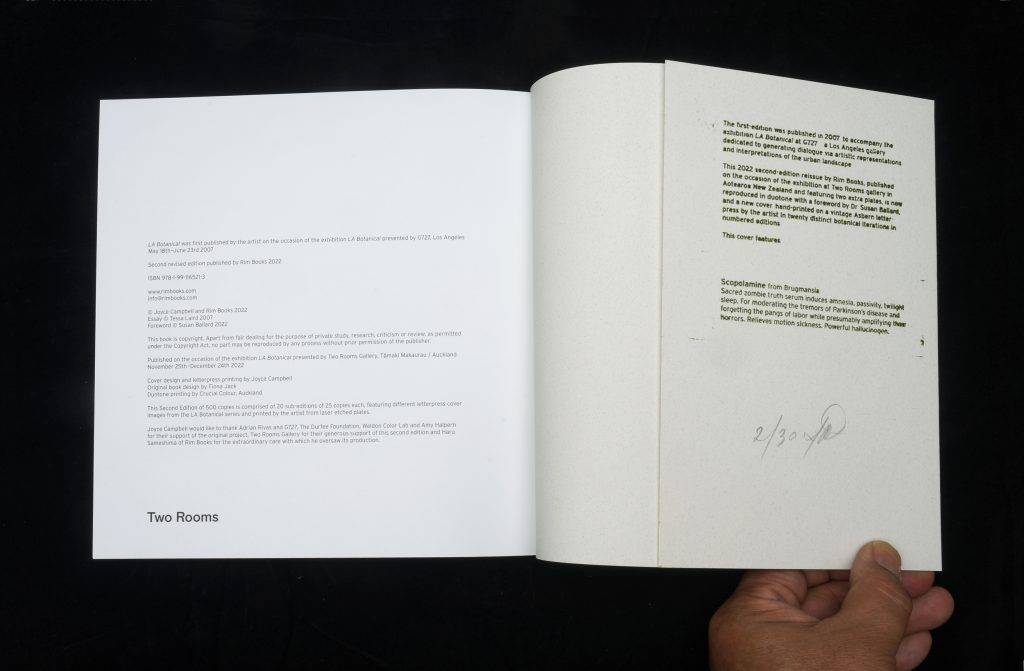





 Presented as an
Presented as an 
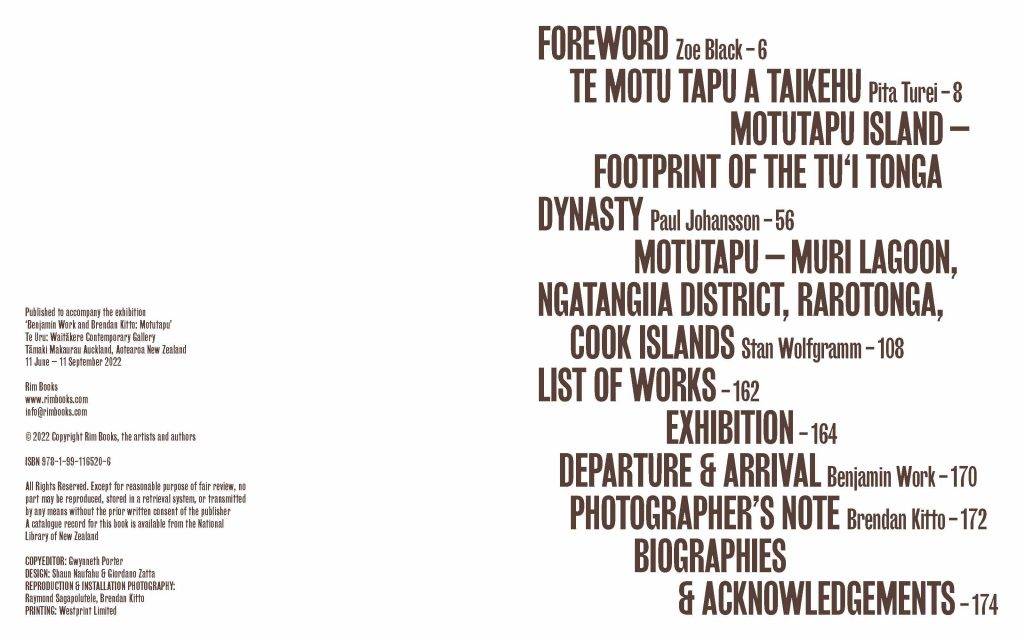
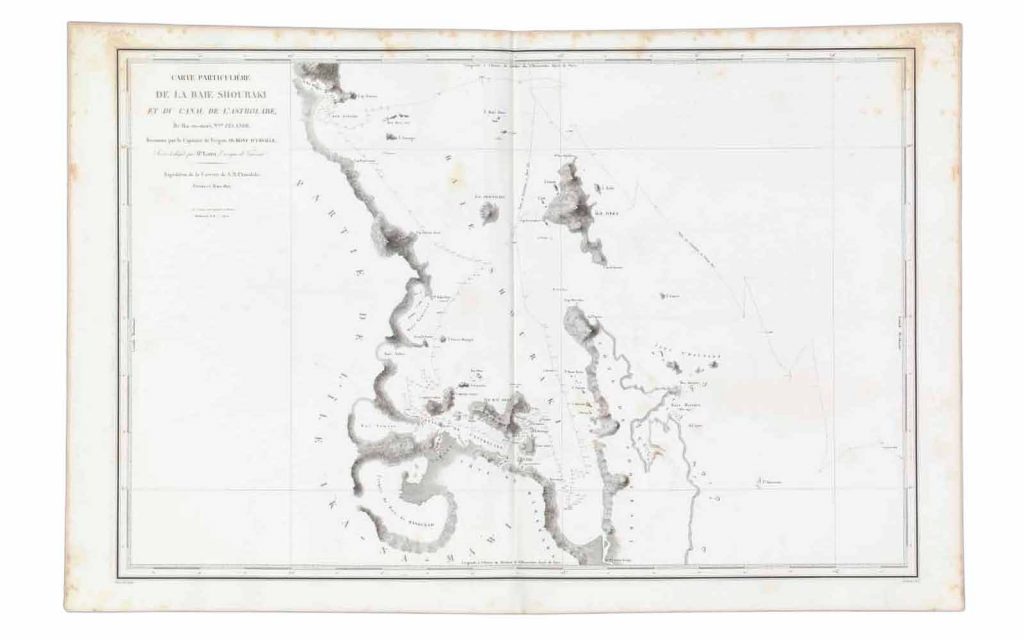








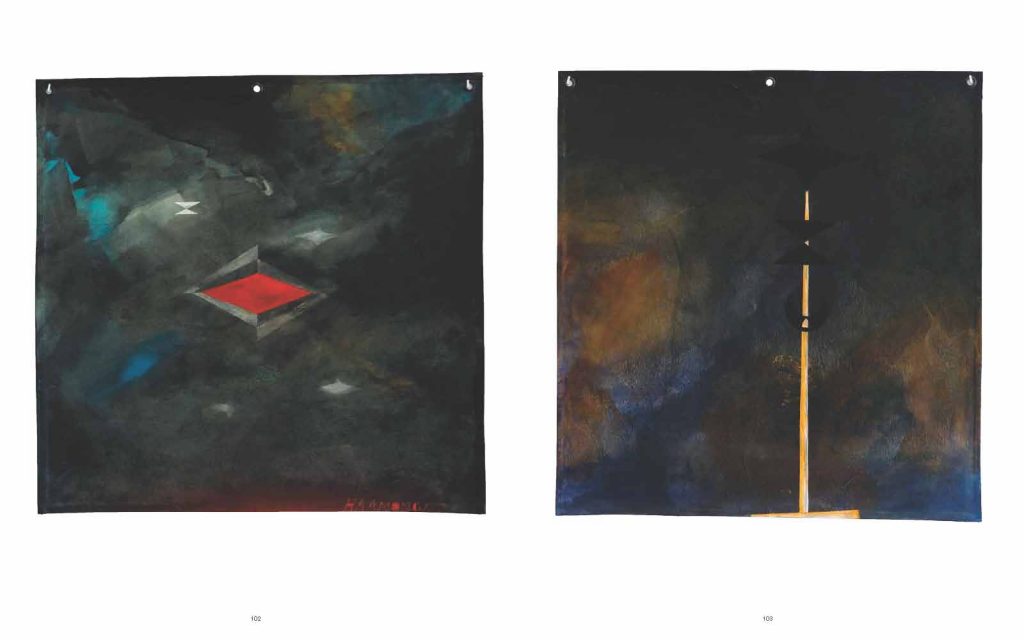
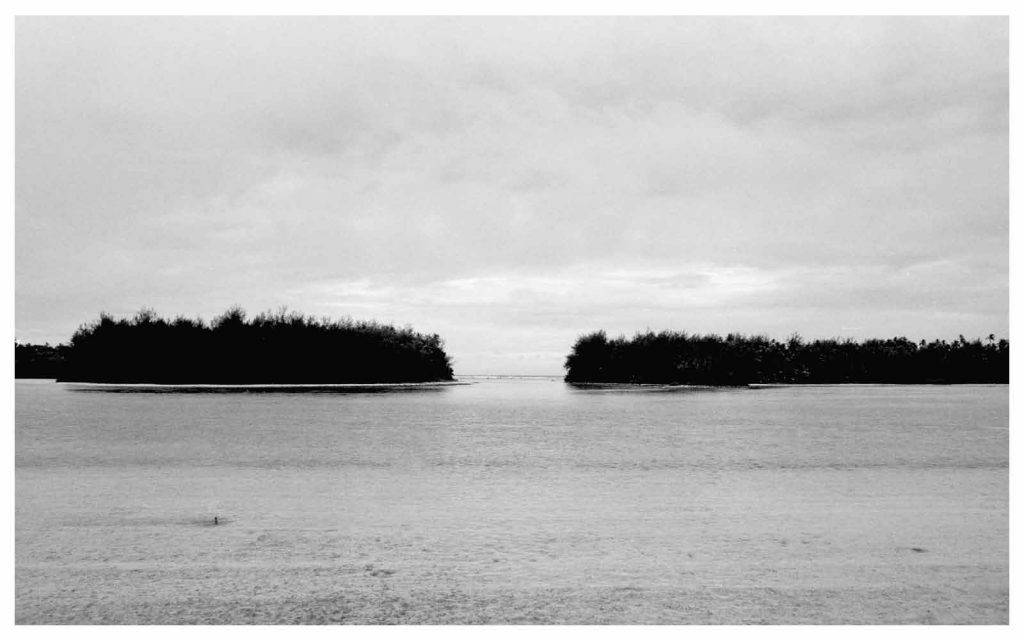




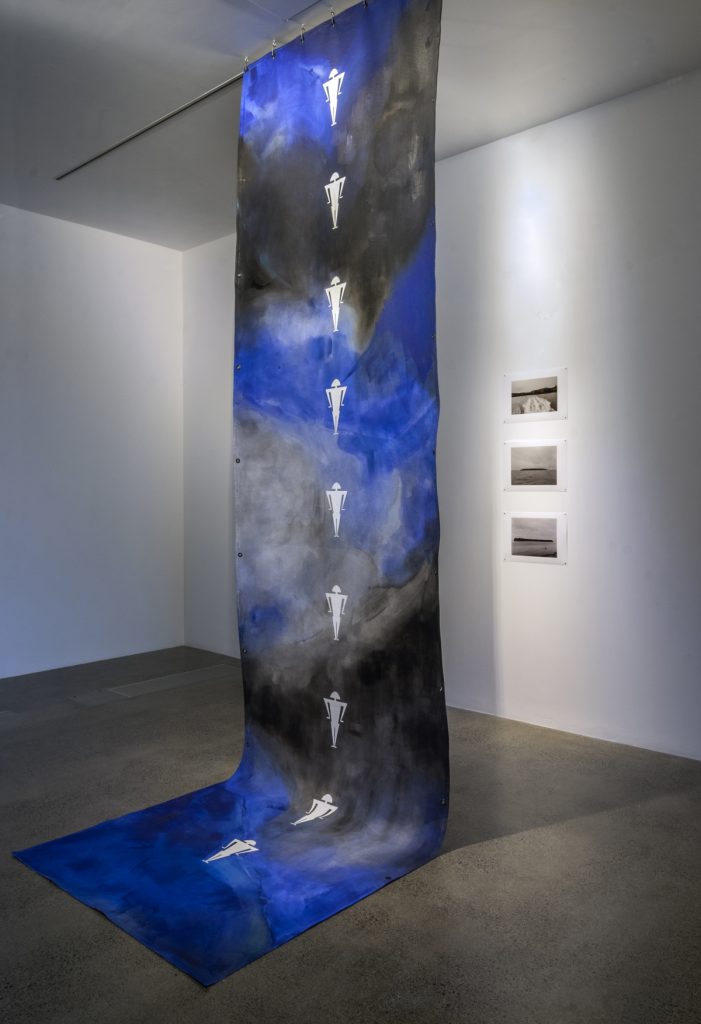
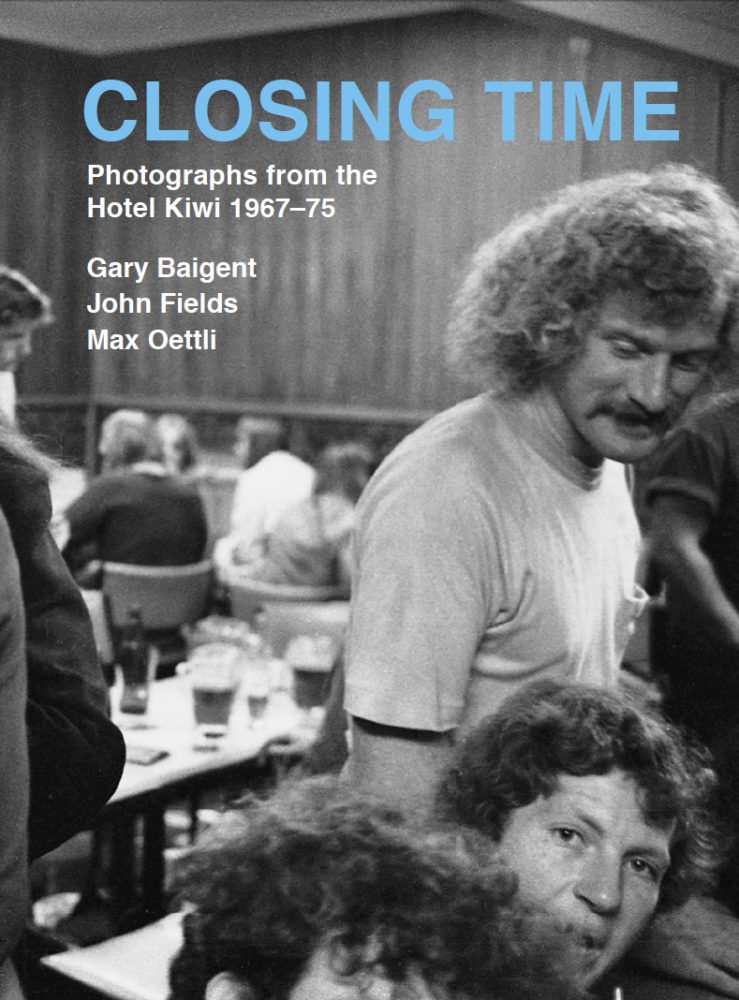





 When David Cook moved to Hamilton East, he was drawn to the colourful and creative lives of his neighbours. With camera in hand, he explored everything from front-yard mechanics to Sunday roasts, creating an intimate documentary of a State Housing suburb in the 1990s, moments before gentrification set in. In this energetic photobook, we look back twenty-five years to see burgeoning issues of relevance today: housing, bi-cultural relations, social welfare, and freshwater quality, all brought to us through the lens of daily life.
When David Cook moved to Hamilton East, he was drawn to the colourful and creative lives of his neighbours. With camera in hand, he explored everything from front-yard mechanics to Sunday roasts, creating an intimate documentary of a State Housing suburb in the 1990s, moments before gentrification set in. In this energetic photobook, we look back twenty-five years to see burgeoning issues of relevance today: housing, bi-cultural relations, social welfare, and freshwater quality, all brought to us through the lens of daily life.
